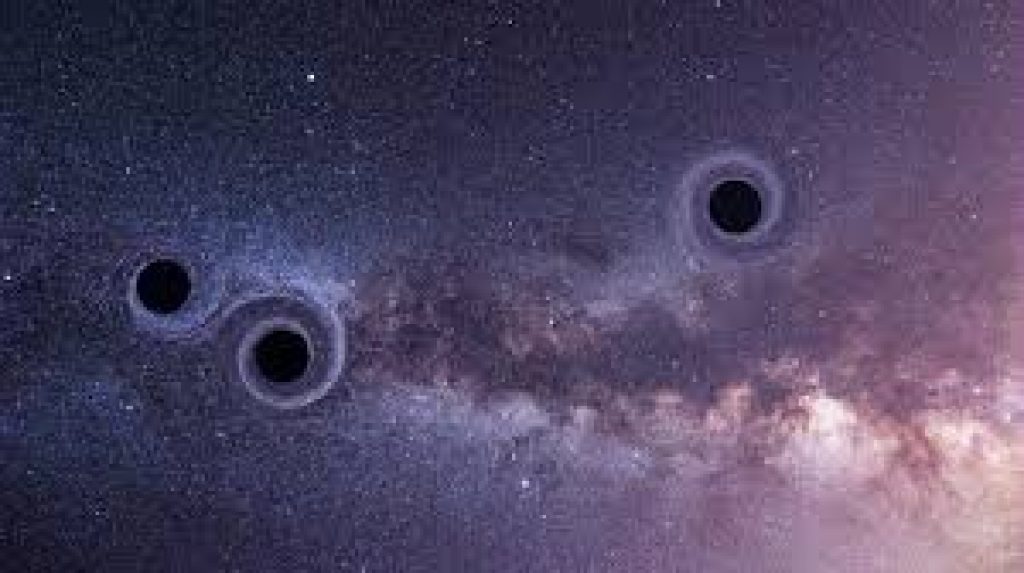In 2019, signals from a collision between two black holes sent gravitational waves were detected at the gravitational wave observatory LIGO (United States) and the detector Virgo (Italy).
Daily Current Affairs Quiz 2020
Key-Points
GW190521 is a gravitational wave signal resulting from the merger of two black holes near a third supermassive black hole. The event was observed by the LIGO and Virgo detectors on 21 May 2019.
The signal detected at LIGO and Virgo, as described by the LIGO Collaboration, resembled “about four short wiggles” and lasted less than one-tenth of a second.
Gravitational waves are invisible ripples that form when a star explodes in a supernova; when two big stars orbit each other; and when two black holes merge.
Travelling at the speed of light, gravitational waves squeeze and stretch anything in their path. Gravitational waves were proposed by Albert Einstein in his General Theory of Relativity over a century ago.
It was only in 2015, however, that the first gravitational wave was actually detected — by LIGO. Since then, there have been a number of subsequent detections of gravitational waves.
